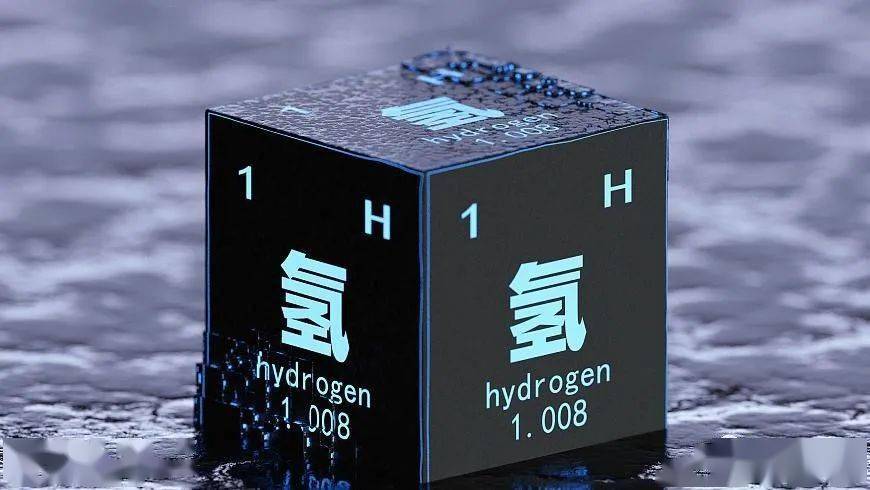The Synergistic Role of Graphene in Solid-State Hydrogen Storage Technologies
Solid-state hydrogen storage has emerged as a promising solution to overcome the challenges associated with the safe, efficient, and compact storage of hydrogen. Materials such as metal hydrides, complex hydrides, and porous materials have been extensively studied for their potential in storing hydrogen. However, these materials often face limitations, such as slow kinetics, low storage capacity, and poor reversibility. Graphene, with its unique physicochemical properties, has shown great potential to address these challenges through synergistic enhancement.
This article explores the role of graphene in solid-state hydrogen storage, focusing on its mechanisms of enhancement, examples of graphene-based systems, and future prospects for this hybrid technology.

Key Properties of Graphene for Solid-State Hydrogen Storage
- High Surface Area:
- Provides ample space for hydrogen adsorption and enhances the contact area with storage materials.
- Mechanical Strength and Flexibility:
- Stabilizes storage materials during hydrogen absorption and desorption cycles, reducing structural degradation.
- Thermal and Electrical Conductivity:
- Improves heat and electron transfer, crucial for accelerating hydrogen release and uptake.
- Chemical Tunability:
- Functionalization or doping enhances interactions with hydrogen and hydrogen-storing materials.
- Light Weight:
- Contributes to high gravimetric hydrogen storage capacity, crucial for mobile applications.
Mechanisms of Synergistic Enhancement
Graphene interacts with solid-state hydrogen storage materials in various ways to enhance performance:
- Catalytic Activation of Hydrogen:
- Graphene acts as a substrate for catalysts (e.g., metal nanoparticles) that dissociate hydrogen molecules (H2H_2) into atomic hydrogen, facilitating storage.
- Structural Stabilization:
- Graphene layers reinforce hydride structures, preventing particle agglomeration and maintaining the material’s porosity.
- Improved Kinetics:
- By enhancing heat and electron transfer, graphene accelerates hydrogen absorption and desorption reactions.
- Defect and Edge Engineering:
- Defects, edges, or doped sites in graphene provide active centers for hydrogen binding and interaction with storage materials.
- Enhanced Hydrogen Spillover:
- Graphene facilitates the migration of hydrogen atoms from catalysts to storage materials, improving storage capacity.
Graphene-Based Composite Systems in Solid-State Hydrogen Storage
1. Graphene-Metal Hydride Composites
Metal hydrides, such as magnesium hydride (MgH2MgH_2), are popular for their high hydrogen storage capacity but suffer from slow kinetics and high operating temperatures.
- Role of Graphene:
- Enhances thermal conductivity, speeding up desorption.
- Prevents sintering of metal hydride particles during cycles.
- Example:
- Graphene-MgH2_2 composites demonstrated a reduction in desorption temperature by over 100°C, coupled with improved cycling stability.
2. Graphene-Complex Hydride Composites
Complex hydrides like lithium borohydride (LiBH4LiBH_4) or sodium alanate (NaAlH4NaAlH_4) have high theoretical hydrogen capacities but poor reversibility.
- Role of Graphene:
- Stabilizes the hydride phase and promotes hydrogen release.
- Reduces the activation energy for hydrogen absorption/desorption.
- Example:
- A graphene-LiBH4LiBH_4 composite exhibited faster desorption kinetics and a 20% increase in reversible hydrogen storage capacity.
3. Graphene-Porous Material Hybrids
Porous materials like metal-organic frameworks (MOFs) and covalent organic frameworks (COFs) are promising for physisorption-based hydrogen storage.
- Role of Graphene:
- Enhances conductivity and stabilizes porous frameworks.
- Provides a synergistic effect by combining physisorption and spillover mechanisms.
- Example:
- Graphene-MOF composites showed improved hydrogen uptake at room temperature compared to standalone MOFs.
4. Graphene-Doped Materials
Graphene doped with heteroatoms like nitrogen or boron can chemically interact with hydrogen and storage materials, creating active sites for storage.
- Example:
- Nitrogen-doped graphene incorporated into alanate hydrides reduced hydrogen desorption temperatures and improved cycling reversibility.
Advantages of Graphene in Solid-State Hydrogen Storage
- Enhanced Storage Capacity:
- Graphene composites achieve higher gravimetric and volumetric storage capacities by enabling spillover and stabilizing high-capacity materials.
- Lower Operating Temperatures:
- Graphene’s thermal conductivity reduces desorption temperatures, making storage systems more energy-efficient.
- Improved Reversibility:
- By preventing material degradation, graphene ensures consistent hydrogen release and uptake over multiple cycles.
- Faster Kinetics:
- The high conductivity of graphene accelerates reaction rates, addressing one of the main challenges in solid-state hydrogen storage.
Challenges and Future Directions
- Scalability of Graphene Production:
- Producing high-quality graphene at an industrial scale is essential for practical applications.
- Cost Efficiency:
- The integration of graphene into storage systems must be economically viable to compete with alternative materials.
- Material Compatibility:
- Research is needed to identify optimal combinations of graphene and hydride or porous materials for specific applications.
- Environmental Stability:
- Ensuring long-term stability of graphene composites under varying environmental conditions is crucial for real-world deployment.
- Exploring Hybrid Systems:
- Combining graphene with other nanostructured materials, such as carbon nanotubes or MOFs, could unlock further synergies.
Conclusion
Graphene’s synergistic role in solid-state hydrogen storage technologies addresses critical challenges such as slow kinetics, low capacity, and poor stability. Through its high conductivity, structural reinforcement, and ability to enhance catalytic and spillover effects, graphene-based composites pave the way for more efficient hydrogen storage solutions.
As research continues, advancements in the design, synthesis, and optimization of graphene composites will drive their integration into next-generation hydrogen storage systems, bringing us closer to a sustainable hydrogen economy.

